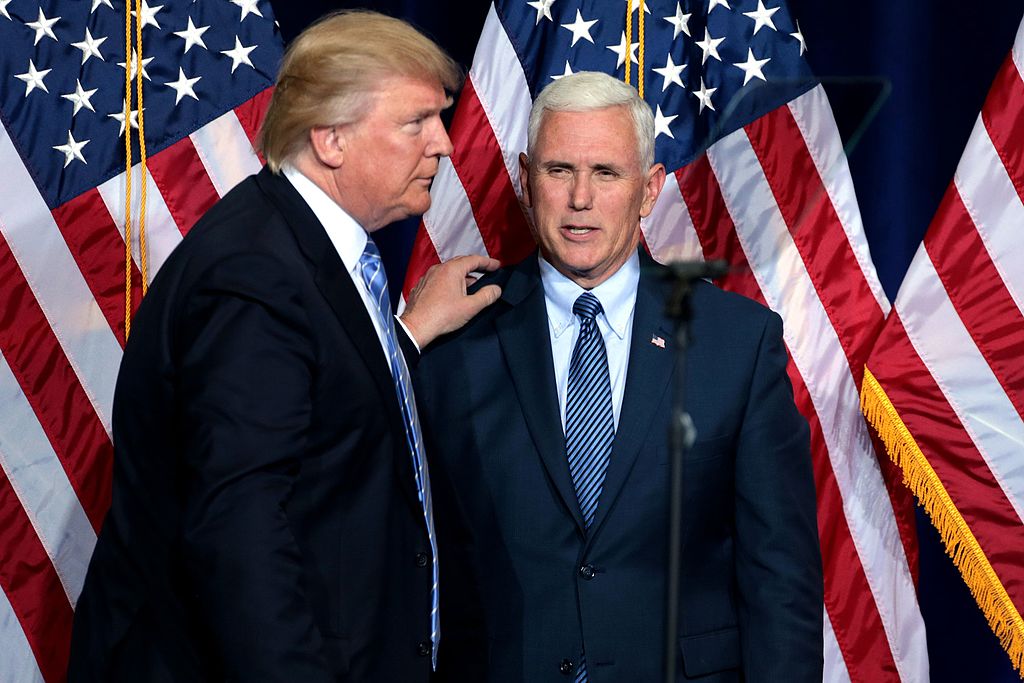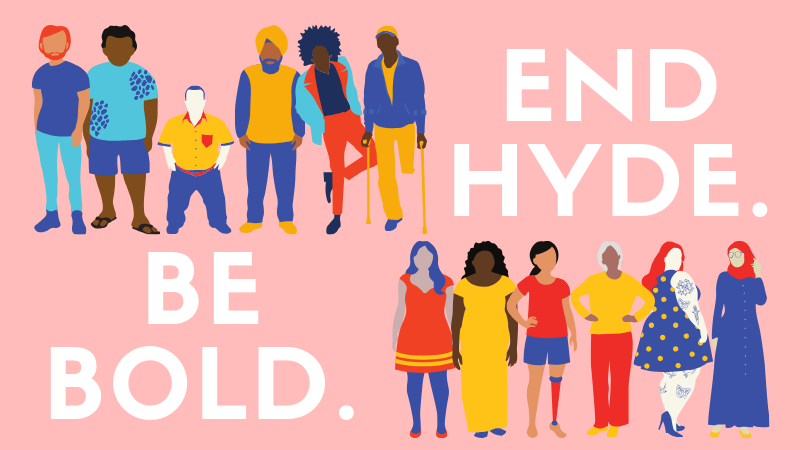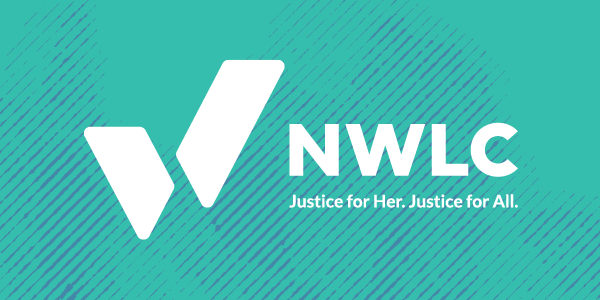Abortion rights, women of color, and LGBTQIA+ people are under attack. Pledge to join us in fighting for gender justice.
Why Attacks on Voting Rights Are an Attack on Gender Justice

This year marks the 60th anniversary of the Voting Rights Act of 1965, a landmark civil rights law that made it illegal to deny someone the right to vote based on their race. Over the last six decades, we’ve seen important progress on issues related to gender justice, in no small part because of the increased representation and voting power for Black voters that this law enabled.
For Black women especially, this law transformed their political power. Black women voters have helped fuel some of the most important advances for gender equity in our country’s history, including stronger civil rights in the workplace, policies to help women gain financial independence, and protections for women and girls in schools.
But today, we are seeing an alarming wave of attacks on voting rights. From discriminatory redistricting designed to dilute the political power of Black and brown communities, to unnecessary voter ID laws that create barriers at the polls, to laws that close polling places in underrepresented city centers – all these efforts are aimed squarely at suppressing certain types of voters and weakening our democracy.
As an organization that fights for gender justice, we recognize that our work depends on a fair and functioning democracy. Here’s why the fight for voting rights and the fight for gender justice are inseparable:
- Women’s rights depend on women’s political power. The progress we’ve made—on reproductive freedom, economic opportunity, protections at work and at schools, and safety from violence—has been possible because women have been able to exercise their right to vote and hold leaders accountable.
- Unaccountable governments restrict rights. When lawmakers can insulate themselves from voters, they feel free to strip away people’s freedoms, starting with women and other marginalized groups.
- Voting restrictions often go hand in hand with other rollbacks. Efforts to suppress votes are frequently part of a broader agenda to limit abortion access, weaken workplace protections, cut social programs, and undermine civil rights, which is exemplified in the Trump administration’s Project 2025 agenda.
This isn’t just political theory, it’s happening now. Here’s just one case study on how attacks on voting rights directly threaten gender justice priorities:
Two Birds, One Stone: How Missouri Plans to Gut Abortion Rights and Democracy in One Blow
In states where they’re allowed, ballot measures are one of the clearest expressions of direct democracy. These measures appear on election ballots, allowing people to vote on whether they want a particular law or constitutional amendment to be enacted.
Ballot measures have been essential in our fight to expand abortion access. Protecting abortion access is overwhelmingly popular with the public, so when voters are given the chance to weigh in directly via ballot measures, abortion protections typically win the support of a majority of voters. In fact, in 2024, even as an anti-abortion candidate won the presidency, pro-abortion ballot measures passed in seven states—including the deep-red state of Missouri.
But Missouri’s conservative legislature didn’t accept the will of the people who wanted to protect and expand reproductive freedoms. Instead, they’ve moved to undermine the process that allowed this pro-abortion measure to pass in the first place.
First, they passed a law barring courts from reviewing the language of proposed constitutional amendments—removing a key safeguard against deceptive or misleading ballot language.
Then, they advanced a ballot measure for next year that uses intentionally confusing language designed to trick voters into reinstating the very abortion ban they just voted to overturn.
Without clear and accurate language, voters may unknowingly support a measure that runs counter to their own values and priorities — undermining the very purpose of ballot initiatives in a democratic system.
For more on how gender justice and voting rights are intertwined, see NWLC’s blog post How the SAVE Act Could Disenfranchise Millions of Married Women and Trans Voters.
Solutions & What We Can Do About It
Voting rights make up the core of our democracy, and when these rights are attacked, it makes it much, much harder to advance gender justice priorities that will help women, children, and families succeed. Click here for a more in-depth analysis of the threats to the Voting Rights Act and how to fight back.
Below are just some examples of how lawmakers can strengthen voting rights, and in turn, gender justice priorities.
- Pass the John Lewis Voting Rights Advancement Act to restore protections in the Voting Rights Act of 1965 to end discriminatory voting practices once and for all.
- Ensure that state elections are fully funded so that polling places are accessible to every voter and election officials have capacity to address election disinformation.
- Repeal state election policies that make it more difficult to register and vote, and pass laws that increase accessibility and enable voting by mail and same day registration.
We can all do our part by urging our senators and representatives to support these long overdue protections. Click here to take action.




